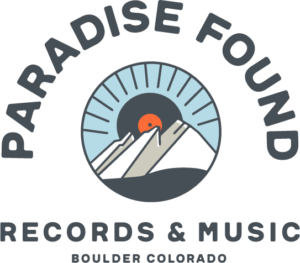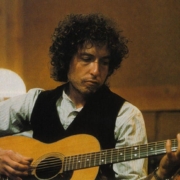Top Five: Bob Dylan’s Best Records
It was only a matter of time before Bob Dylan received the conventional Hollywood biopic treatment. The recently released A Complete Unknown is a thrilling romp through the first few years of his career culminating with his controversial 1965 Newport Folk Festival appearance, where he outraged folk purists by plugging in and rocking out. Telling Dylan’s true story has never been easy; the man himself plays around with how others perceive him every chance he gets.
A Complete Unknown was directed by James Mangold, most famously known for his lauded Johnny Cash biopic Walk the Line. And while it unsurprisingly takes more than a few artistic and historical liberties in the service of accessibility and narrative, it largely hews to the reality of Dylan’s first few years of notoriety. This is in direct contrast to Martin Scorsese’s Rolling Thunder Revue: A Bob Dylan Story, the 2019 film about Dylan’s traveling caravan which “documented” the famous 1975-76 tour that included a Fort Collins stop by adding fictional elements, most specifically conversations with hangers-on who in actuality weren’t there.
Like The Beatles, that other leading musical force of the sixties, Dylan has been over analyzed ad nauseum. But unlike the Fab Four, who stopped putting out albums together in 1970, Dylan’s steady stream of new material and decades-long Never Ending Tour has kept him top of mind for sixty five years. His ubiquity makes him a relevant part of the musical knowledge of any one over a certain age, but hopefully A Complete Unknown exposes him to a younger audience. Much in today’s culture is influenced by him and he can legitimately lay claim to being the most important American musical artist of most living people’s lifetime. He is also the only songwriter to win the Nobel Prize in Literature.
Not counting live and archival releases–of which there are many–Bob Dylan has released forty (!) albums since his 1962 debut. With rare exceptions all have been original material. To help newbies navigate this intimidating discography, here are his five best albums. Picking just five is no small feat; while he has not always maintained his high standard, much more than half his output is highly rewarding and many critics count his misfires in the single digits. In chronological order:
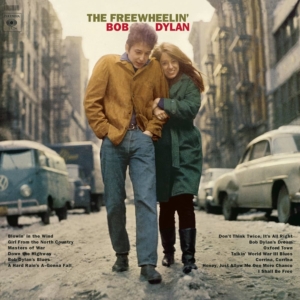 The Freewheelin’ Bob Dylan (1963)
The Freewheelin’ Bob Dylan (1963)
Dylan’s first four records were almost entirely acoustic affairs, and his eponymous 1962 debut features only two original compositions. Its follow-up, The Freewheelin’ Bob Dylan, features twelve originals with only a single cover, and first demonstrates the skill that made him the greatest lyricist of the twentieth century. Some of his most well known, oft-covered songs are here, among them “Blowin’ in the Wind,” “A Hard Rain’s A-Gonna Fall” and “Don’t Think Twice, It’s All Right.” The album also features the classic cover shot of Dylan and then-girlfriend Suze Rotolo depicted in A Complete Unknown.
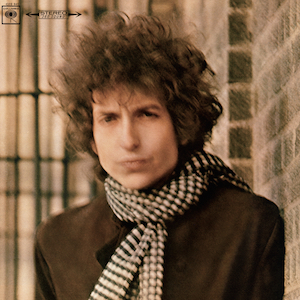 Blonde on Blonde (1966)
Blonde on Blonde (1966)
The first double-album Dylan released was his third with electric guitars. After a failed attempt with The Hawks (later known as The Band) as backup, Dylan instead leaned on Nashville studio wizards to create the most sophisticated-sounding music he’d made up to that point. Al Kooper’s organ is a big part of the sound, an ironic touch considering Kooper only moved to the instrument after the much better Mike Bloomfield (who had accompanied Dylan at that famous Newport performance) showed up to play guitar at the session. Blonde on Blonde contains two of Dylan’s earliest cracks at long ballads, “Visions of Johanna” and “Sad-Eyed Lady of the Lowlands.” It kicks off with the raucous “Rainy Day Women #12 and #45” (with its chorus “Everybody must get stoned”) and also features the tender “Just Like a Woman” and uptempo “Stuck Inside of Mobile with the Memphis Blues Again.” With no weak spots among its fourteen tracks, many would argue this is Dylan’s finest hour.
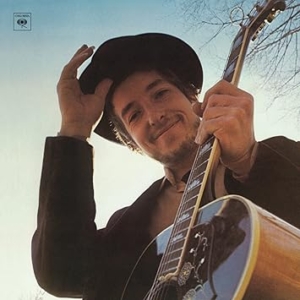 Nashville Skyline (1969)
Nashville Skyline (1969)
The Byrds and Gram Parsons may have trailblazed the country rock sound later popularized by The Eagles, but Dylan broke barriers less than a year after Sweetheart of the Rodeo by exposing his rock and folk followers to country. Starting with a duet with country legend Johnny Cash on his classic “Girl from the North Country,” which first appeared on The Freewheelin’ Bob Dylan, Nashville Skyline is another effort recorded in Nashville using Nashville cats and features Dylan affecting a baritone previously not in his vocal arsenal (which he achieved in part by ending a cigarette habit). “Lay Lady Lay” was Dylan’s biggest hit since “Like a Rolling Stone.” Other classics including “I Threw It All Away” and “Tonight I’ll Be Staying Here With You” are part of the album’s too-brief twenty-nine minute running time.
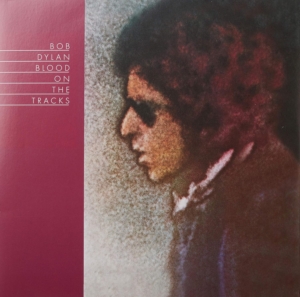 Blood on the Tracks (1975)
Blood on the Tracks (1975)
Dylan’s “breakup” album, made in the wake of the dissolution to his marriage to Sarah Lowdnes (the subject of “Sad-Eyed Lady of the Lowlands”), is arguably the best album ever about heartbreak. Blood on the Tracks cycles through the different stages of grief over love lost, from longing and sentimentality (“Tangled Up in Blue”) through anger and pain (“Idiot Wind,” “You’re a Big Girl Now”) to acceptance and gratefulness (“Buckets of Rain,” “Shelter From the Storm”). Anyone who’s had their heart broken will recognize the emotions Dylan captures with such depth here, although it’s hard to imagine them being put into words more powerfully.
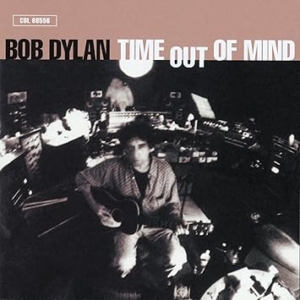 Time Out of Mind (1997)
Time Out of Mind (1997)
Dylan’s stature naturally waned as grunge exploded and hip-hop ascended in the mid-nineties. This “comeback” album refocused attention on him and marked the beginning of an impressive second arc of his career that has flowered through 2021’s Rough and Rowdy Ways. Working with French Canadian Daniel Lanois, who’s produced popular records–sometimes in partnership with Brian Eno–by U2, Emmylou Harris, Peter Gabriel and many others, Dylan rediscovered his mojo in a haunting, swampy sound set to his best set of lyrics in years. Leading off with the desolation, weariness and menacing rhythm of “Love Sick,” the self-reflective shuffle of “Dirt Road Blues” and the heartache and resignation of “Standing in the Doorway,” Time Out of Mind was Dylan’s biggest success in decades.
The Next Five: Bringing it all Back Home (1965); Highway 61 Revisited (1965); The Basement Tapes (1975); Desire (1976); Love and Theft (2001)
